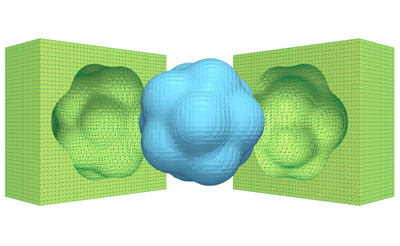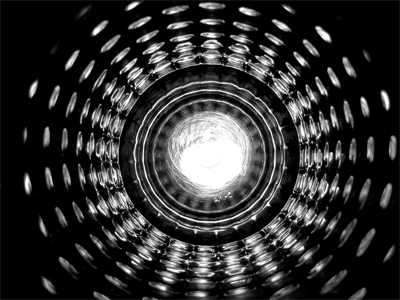First Place – Jie Ren
Graduate Student in Physics

Second Place — Joshua Dijksman
Post-Doctoral Fellow in Physics

Third Place and People's Choice — Lola Kelleher
Senior at New York City Lab School for Collaborative Studies

Honorable Mentions
John Dolbow
Faculty in Duke Civil & Environmental Engineering

Yuejun Zhao
Post-Doctoral Fellow in Duke Mechanical Engineering & Material Science

Martin Hautefeuille
Post-Doctoral Fellow in Duke Civil & Environmental Engineering

Gwendolyn Williams
Graduate Student in Biology

Elliott Hagedorn
Graduate Student in Genetics & Genomics
